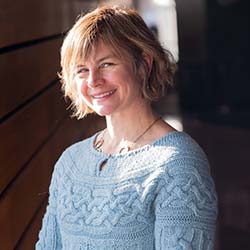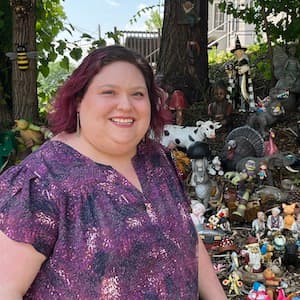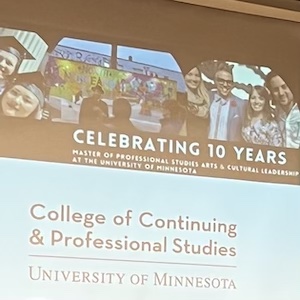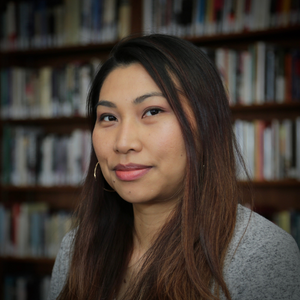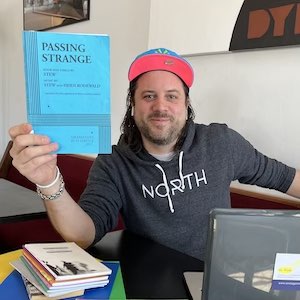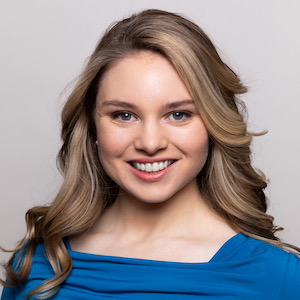Brenda Butler
From designing her own clothes to running a foundation, Brenda Butler’s life has always intersected with the arts. As a child, the Kansas native was constantly creating—drawing, taking pictures, and sewing. She was particularly fascinated by the techniques and construction around fabrics and knits, the properties and best uses for each.
Teaching and Serving
At the University of Kansas, she double majored in Textiles and Art History. There, she met a connection to the curatorial internship program at the Minneapolis Institute of Art, where she landed a position in the public education department developing programs for children. She decided to pursue a master’s in education and would end up teaching art in the public school system for over 20 years.
For a few of those years, Butler was in charge of the curricula for all the art teachers in Minneapolis. The experience of being of service to other educators, new and veteran, really appealed to her. How could she continue to help using her knowledge of arts education, creativity, and her ability to deconstruct a project, to see its pieces like a puzzle?
“There are very few positions like that,” she recalls. “I wondered, is there a place for me? In education or the nonprofit world? I wanted to explore the opportunities.”
Integration and Enrichment
To prepare for those opportunities, Butler turned to the Arts and Cultural Leadership program, where courses are geared toward professionals and often offered in the evening.
"Art gives us the opportunity to become aware of other cultures, to see our similarities."
For her capstone project, she is examining the American Swedish Institute’s (ASI) community engagement offerings outside the walls of the museum. She has a special interest in creating arts integration programs, where artists visit classrooms and collaborate with teachers on lessons grounded in academics but featuring an artistic component.
“The cross-disciplinary aspect is critical,” she says. “How can art support other kinds of learning? How can it accelerate the path a student is on?” Storytelling, music, painting: they can all be used as learning tools.
Her project also explores the relationship between ASI and its neighborhood. What is the ASI’s, and other institutions’, obligation to their communities? “Give what you can to the people in your world,” Butler says. “Art gives us the opportunity to become aware of other cultures, to see our similarities. Minnesota is a great place to find this commonality.”
Giving and Gratitude
Butler would like to find a role where her interests overlap. Currently, she is program director of the Minneapolis College of Art and Design’s summer art program for high school juniors and seniors. She also helps run her family’s foundation, started in memory of her father. The foundation gives primarily in three geographic areas: Minneapolis, Manhattan (Kansas), and Seattle.
“Being in a position to give money is unique," Butler says. "It allows me to support things that I had wished for back when I was working in the public schools.”
One recent gift, for example, was to the Viva City Fine Arts Festival, a celebration of the programs and artwork of Minneapolis public school students.
“This was important to me. I want to figure out a way to continue those connections in a philanthropic way.”
Memorable Courses
“The Inquiry class… was such a great refresher course for library research and thesis writing. I am so grateful for that class being the starting point… When I was in the Creative Entrepreneurship course, it was hard for me to pick a project—there was nothing at the time that I truly wanted to pursue, but the reading and discussion and planning of our enterprises are becoming more relevant to me as my path continues to change.”
Pro Tips for Students
“Be open to veering from your path a bit… It can easily tell you what you don’t like or want to do, but it may open a door to the next opportunity or idea for the future. A second piece of advice is to feel good about where you come from, have confidence in your professional experience, and use that to leverage new opportunities, board placements, or internships.”

